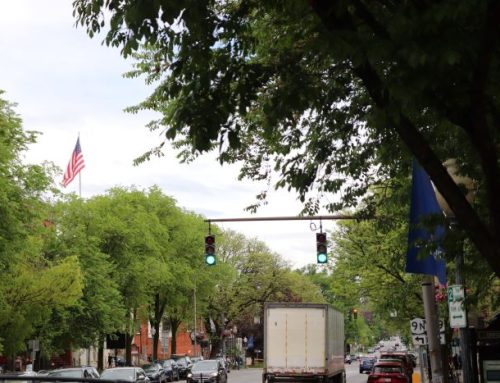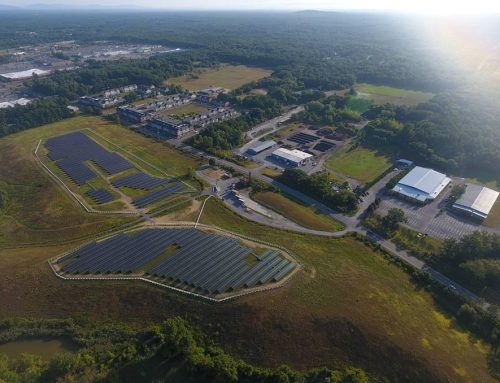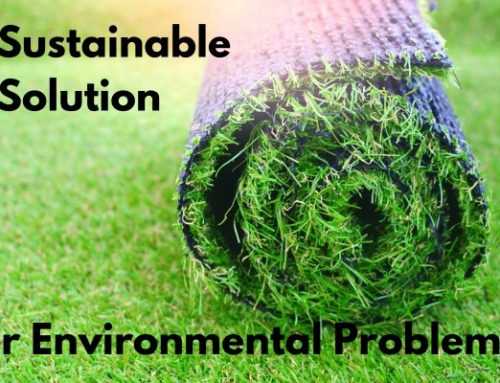
We recently published a story about Mark Youndt and Karen Kellogg’s net-zero house in Greenwich, NY, but their house is not the only green building on their property. During the COVID-19 pandemic, they have been joined at home by their daughter, Colby Kellogg-Youndt, a Biology and Environmental Studies major at St. Lawrence University. Colby is putting the finishing touches on a tiny house that she intends to live in after she graduates this spring. Colby sat down with Sustainable Saratoga to share her experiences in green construction and low-carbon living.
But first, let’s give a little background on tiny houses. Have you heard about tiny houses but are not quite sure what they are? Tiny houses are just that–they are very small houses. While the average size of a new single family home in the United States was 2322 square feet in 2019, tiny houses are typically only 100 to 400 square feet. They can be built on a foundation or a trailer.
The Tiny House Movement became mainstream in about 2014. According to Tiny Home Builders, the Tiny House Movement is an “architectural and social movement that encourages living a simpler life in a smaller space.” Some people turn to tiny houses as they simplify their lives, minimize their impact on the environment and reduce their financial obligations. Smaller homes mean saving money on utilities, homes on wheels mean saving money on property taxes and rent, and having less space means you just spend less buying STUFF. Smaller homes also have less impact on the environment, and many tiny homes are off the utility grid altogether.
There are challenges to tiny house living beyond the challenge of uncluttering your lifestyle to fit in a smaller space. Finding a place to park or insure your tiny home may be a challenge. In many areas, zoning regulations do not mention tiny homes, though that is starting to change as they become more popular.
Two groups with an increasing interest in tiny homes are younger people without children and those entering retirement age. Tiny homes are also being used as a tool in combating homelessness in some areas of the country. Check out the links at the end of this post for more information.
What follows is our conversation with Colby Kellogg-Youndt (CK-Y), which has been edited for clarity.
Sustainable Saratoga (SS): Colby, let’s turn to your tiny house. What was the inspiration for this project?
CK-Y: I have been designing a tiny house plan since I was really little. I wanted a place to live that was sustainable but also kind of unique. When the tiny house movement started taking off, I saw the ideas and started drawing blueprints on graph paper for an ideal tiny house. As I learned more and got older, I realized what I wanted out of space to live in, so I refined my drawings based on that. And then, two summers ago, I made my finalized blueprints of exactly where everything would go. The thickness of the walls, the width of the trailer, how tall it could be—I looked at all those guidelines and compiled it into this.
SS: What kind of guidelines did you have to meet?
CK-Y: It’s on a trailer, so it has to meet road specifications as well as housing specifications. For instance, it can be eight feet wide, and 13-and-a-half feet tall from the ground. I got a trailer that was specifically designed by a tiny house company. The flooring is actually within the trailer, so you get to keep that space without putting another sub-floor in. That gives you like an extra six inches of height. And it also gets you around wheel wells, which are hard to build around.
Where you can park it and what you can do with it varies by state. But a lot of times you can park it in the backyard on your own land or go to an RV park and just plug it in—or plug it into solar panels. Right now, it’s plugged into the barn.
SS: What did you use for materials?
CK-Y: The metal on the side is from a company near my grandparents’ house. That was pretty cheap to do a lot of siding with. Cedar siding is the other outdoor material that I used. You don’t really have to do much to it and it will last for years.
The wood that I used inside is from a guy in the Adirondacks, at Adirondack Hardwoods. He had wood lying around his shop that was too expensive for him to keep storing, so he sold it to us for incredibly cheap. We saved a lot on that sort of stuff. The countertop was wood that we found on the side of the road and the door was on a junk pile, so that was all free. The cabinets are just standard cabinets from Home Depot or Lowe’s.
SS: It sounds like affordability was a key consideration in your planning. Now that you’re almost finished with the project, do you think that tiny houses are a cost-effective way to live?
CK-Y: The total cost for this build was something like 15 grand. I’d live in a tiny house. I don’t know if I’d want to live with another person in a tiny house. But with just a dog or cat, it’s an affordable alternative!
SS: Describe the layout for us.
CK-Y: There are stairs up to a loft, which is my sleeping area. Downstairs, on one side, there’s going to be a little table and hopefully a wood stove. On the other side is going to be a couch that can fold out to be a guest bed.
In the bathroom there’s a shower and a toilet, and also some space under the stairs. It’s open underneath there, so there’s a bunch of storage space in the bathroom. It’s big enough that you could fit a washer/dryer combo in, which I don’t need right now, and that takes a lot of electricity—but eventually I could put one in there.

SS: We can see a stove and a refrigerator. Are all of your appliances electric? What do you use for heat?
CK-Y: I have a tiny little propane heater. It’s pretty efficient. Eventually I’d like to get a mini wood stove that can be mounted on the wall, and that would be my primary source of heat. The stove is also propane, and while the fridge is electric, I put a propane lead behind it so I can easily switch to a propane fridge if I want or need to go off-grid because it’s pretty hard with a small solar array to power a fridge.
SS: Are there any lessons that building a tiny house can teach us about reducing our environmental impact?
CK-Y: You just need to figure out what you want. I knew I wanted a shower where I didn’t hit my elbows, which is something that a lot of tiny houses don’t have. So that sacrifices some space. And I knew I wanted a kitchen that I could cook and bake in, because I like doing that. So then that took away from living space. But I don’t really like entertaining that many guests, so that was something I was willing to sacrifice. The key is to figure out what you want, and what you’re willing to give up, because there isn’t much square footage. And obviously, you can’t bring like a lot of belongings into it. So that makes you pare down your wardrobe and your things, which is inherently environmentally friendly. And you also don’t use much electricity, or much propane or whatever kind of method you’re using for heat.
SS: When will you be ready to move in?
CK-Y: Whenever the composting toilet comes! I just have to finish the plumbing.
For more info on tiny houses, visit these webpages:




